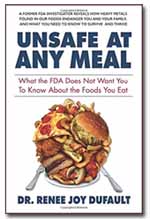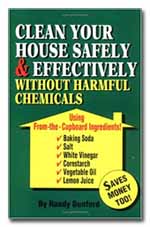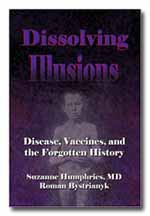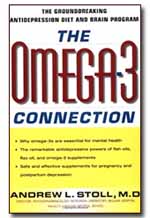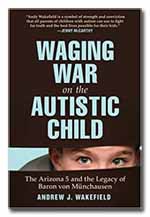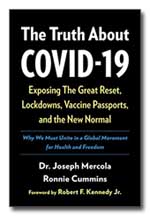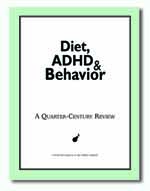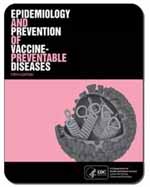This is a scientific status summary by the Expert Panel on Food Safety & Nutrition, based on the Survey of Industry on the Use of Food Additives, by the National Academy of Sciences, from 1977.
The 1977 NAS report of what over 12,000 people ate for a period of weeks is large (hundreds of pages) and the print quality poor, although they charged me over $150 for a copy 20 years ago.
See the introduction and the pages relating to food dyes. Note: See the charts I created to make sense of the above pages here.
NOTE: The Institute list (above, right) gives the average of the top 1% of “eaters” for each color. The total in the red box has been added (by me), giving 327.6 mg/day as a maximum average.
The Expert Panel says the FDA decided the actual food color intake is only 1/5 the amount recorded in the NAS review. No reason is given. After reviewing the 1970s studies, they concluded that “changes in behavior are probably not associated with food hypersensitivity or other
immunologic reactions to foods or food additives.”
QUOTE: “At the heart of the debate is the meaning of ‘safety’.”
The importance of food colors is spelled out: although contributing nothing nutritionally, they are “very important food ingredients. They play a significant role in the success or failure of a food product …” (emphasis added).
NOTE: In other words, food dyes are important … to the food industry, to increase profit.
NOTE: When you look at the numbers in these charts, remember that most studies on children used much smaller amounts …. such as 27 mg, 10 mg, even 1/2 mg (the Ward 1990 study).



